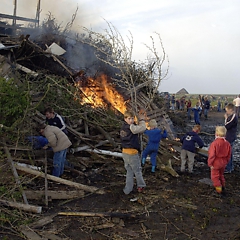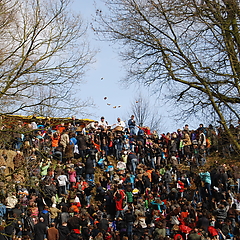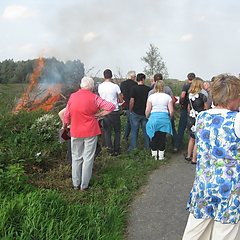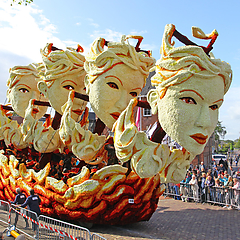On the isle of Texel people celebrate Ouwe Sunderklaas (dialect for Old Sinterklaas). People roam through the villages, disguised and wearing masks, acting to mock current events in island politics or at a smaller social level. This is called ‘speulen’ (dialect for: playing). Although Ouwe Sunderklaas is celebrated throughout the island, there are differences among the villages. The feast begins at 5 PM, when the children give their performances. Sometimes they carry signs or cloths with texts, or a sound system with them. After an hour the children’s disco starts and at 7 PM the jury announces the winners. At 8 PM it is the turn of the adults. These performances are also judged by a jury. Playing lasts till 10 PM, after which everyone goes to the village halls and bars to celebrate. Around 11 PM the prize winners are announced.



